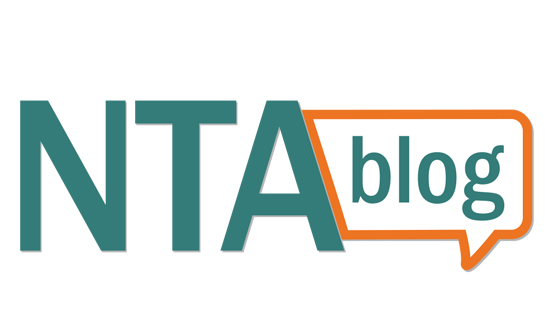In last week’s blog, I discussed the potential benefits arising from an expansion of the pay-as-you-earn (PAYE) tax system to incorporate additional income items, as well as credits and deductions. Such a step would require substantial systemic adjustments and in the recent Annual Report to Congress I recommended that Congress direct the Treasury Department to consult with the IRS and TAS to analyze and report on the feasibility of and steps necessary for expanding withholding at source to encompass seven of the most common types of income. This broader PAYE coverage on the income side could be a precursor to the incorporation of credits and deductions into the PAYE system such that the exact amount of annual tax liability would be collected throughout the course of the year, leaving no subsequent taxes to pay or refunds to collect.
In the meantime, two additional innovations could be considered that would improve the collection of tax at source and streamline the reporting of tax liabilities at year end. As I discussed in a recent blog, redesign of the Form W-4, Employee’s Withholding Allowance Certificate, has generated a range of concerns, including complexity, taxpayer burden, and employee privacy. These issues arise because the U.S. system requires employees to navigate an often-confusing and difficult process to provide employers with their personal information, including other sources of income and marital status, so that the correct amount of tax can be withheld as discussed in TAS’s in-depth 2018 study. Some other countries, such as New Zealand, however, follow an alternative course that could be beneficial for the U.S.
This approach involves the use of a withholding code, which functions similarly to the bottom line of a Form W-4, but which is separate from the information that generated it. In order to acquire a withholding code, New Zealand taxpayers fill out an anonymous online questionnaire designed by the tax authority. Taxpayers then provide this code to their employers, who withhold taxes from their employees’ wages at a rate indicated by the code. This approach maximizes privacy while allowing for accurate withholding of tax at source. As a means of encouraging taxpayers to utilize withholding codes, New Zealand imposes withholding at a higher rate than normal on taxpayers who do not provide a code.
The primary benefit of such a mechanism is that all of a taxpayer’s tax information is protected from disclosure to the employer, while requiring no new disclosures to the tax authority. Basic personal information, such as marital status and other sources of income, will not be made available to the employer, at least not via operation of the income tax system. This wall of separation between employees’ tax information and employers not only protects employees’ privacy, but minimizes the risk of data breaches and charges that employers have misused personal information. Given these benefits, as well as others, including increased simplicity and flexibility, I recently recommended that Congress enact legislation directing Treasury, in consultation with the IRS and TAS, to analyze and report on the feasibility of and steps necessary for adopting an IRS-determined withholding code as an alternative to the Form W-4 approach currently utilized in U.S. tax administration.
As part of that same legislation recommendation, I also urged Congress to address an issue that would ease filing burdens for U.S. taxpayers. Currently, taxpayers filing electronically have only limited access to free filing options. Taxpayers with adjusted gross incomes (AGIs) of $66,000 or below can use free tax return preparation software provided by a consortium of companies known as Free File, Inc., while taxpayers earning more than that amount have access to Free File Fillable Forms (Fillable Forms). As I discussed in my recent blog, neither of these free filing options is popular, however; in 2018, fewer than 2.5 million of the more than 154 million individual returns, or 1.6 percent, were filed using Free File software, and in 2017 only 0.2 percent used Fillable Forms. The Fillable Forms program as a concept has significant potential, but in practice leaves much do be desired.
An ideal version of Fillable Forms would allow taxpayers to download all their forms and schedules to their personal computers. It would include, among other things, hyperlinks from lines on their Form 1040 to relevant schedules and publications, and forms would be coded so that they could automatically perform calculations to minimize the number of mathematical errors. If online taxpayer accounts were available, taxpayers would be able to streamline their year-end filing duties by downloading their information reports and importing the relevant data into their electronic Form 1040 and schedules. However, Fillable Forms as currently designed fails to offer even basic versions of this functionality, with small but potentially crucial errors in most forms and limited capacity for printing and saving forms.
Accordingly, as part of my three-part Legislative Recommendation, I also suggested that Congress direct Treasury, the IRS, and TAS to study ways of furnishing information return data to taxpayers electronically for direct importation into tax return preparation software or for provision to authorized tax return preparers. In their own ways, robust Fillable Forms, private withholding codes, and expanded PAYE hold great promise for improving the U.S. tax system and benefiting both taxpayers and the IRS. As a result, the costs, benefits, and implementation steps of each potential innovation are worthy of careful consideration.



